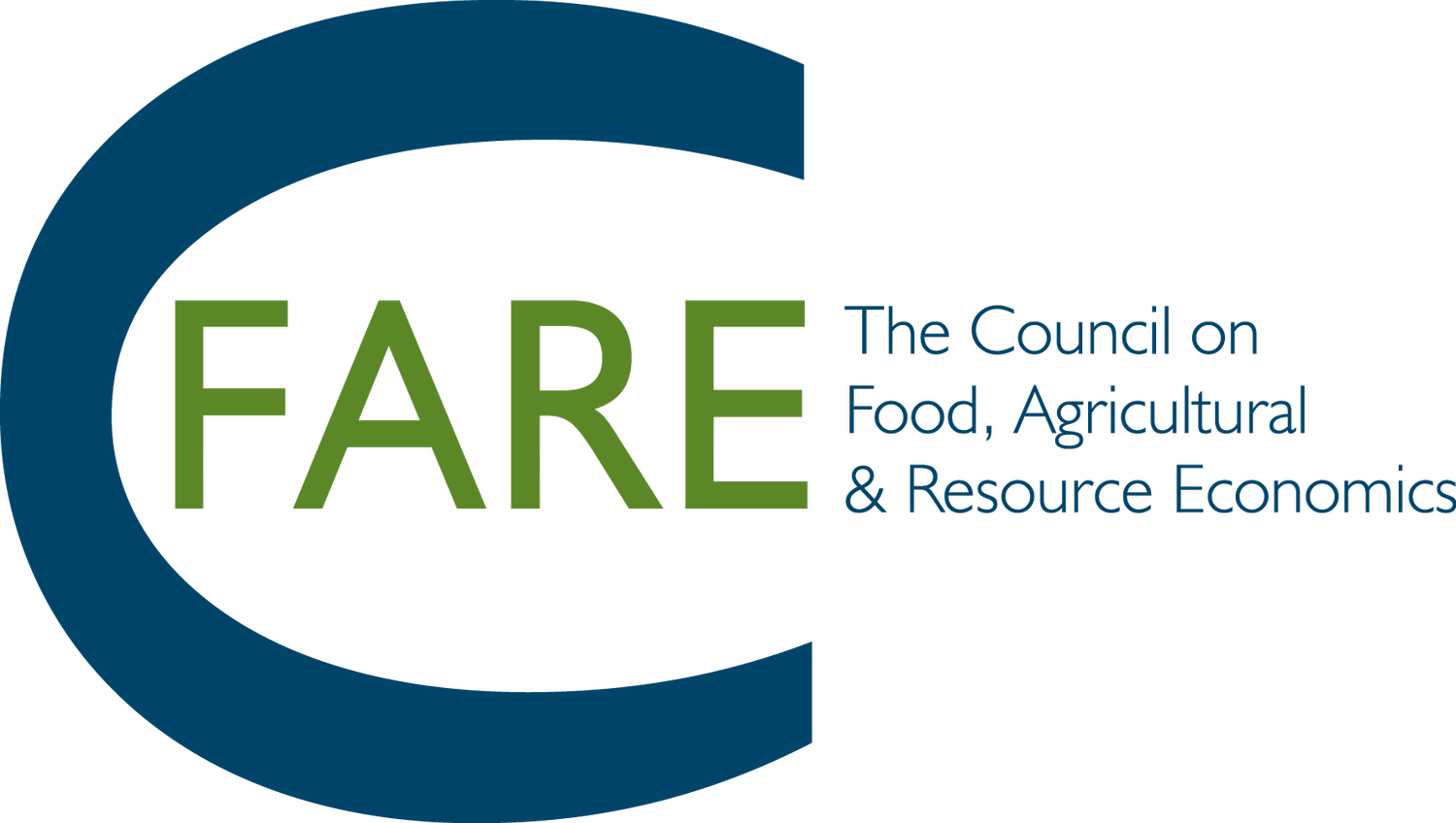Demand Shocks Feature in Recent Food Price Inflation
Market Corner by Michael Adjemian, C-FARE Board Member and Professor at the University of Georgia
Since 2022, year-over-year food prices have increased at their fastest pace in over four decades. And, as shown in the figure, food prices are rising at a faster rate than prices for other goods and services in the economy. Market observers have offered a range of explanations for this inflation in the price of food, from transportation bottlenecks and supply chain challenges due to the Covid-19 pandemic, to rising concentration among processors and retailers, to commodity and fertilizer production fallout from Russia's invasion of Ukraine, and to demand shocks in part driven by historically-large U.S. government stimulus. Studying price changes at the food-group level offers some insight; rather than being confined to a subset of items affected by idiosyncratic supply disruptions, like cereals and wheat products hit by the war in Ukraine, or the egg supply harmed by avian influenza, recent food price inflation is widespread through the U.S. food basket.
Even though the results are of clear policy and practical significance, academic work on measuring the drivers of food prices empirically is relatively thin, yet bursts of articles tend to appear after notable food price increases. In two different papers, several co-authors and I investigate how the supply and demand sides of the market contribute to recently-observed inflation in food prices. Using both traditional time series methods[1], and a newly-introduced decomposition technique[2], my findings indicate that demand-side shocks explain a larger share of food price inflation than they have in decades—particularly for food service. These results support the notion that persistent inflation is likely demand-oriented, and that to a substantial degree policies that support the demand for food on the part of consumers are responsible for recent food price rises.
Figure 1. Inflation in the United States (Year over Year)
Source: U.S. Bureau of Labor Statistics and U.S. Bureau of Economic Analysis; author calculations.
1. “Factors affecting recent food price inflation in the United States” by Adjemian, Arita, Meyer, and Salin (2023).
2. “Decomposing Food Price Inflation into Supply and Demand Shocks” by Adjemian, Li, and Jo (2023).

